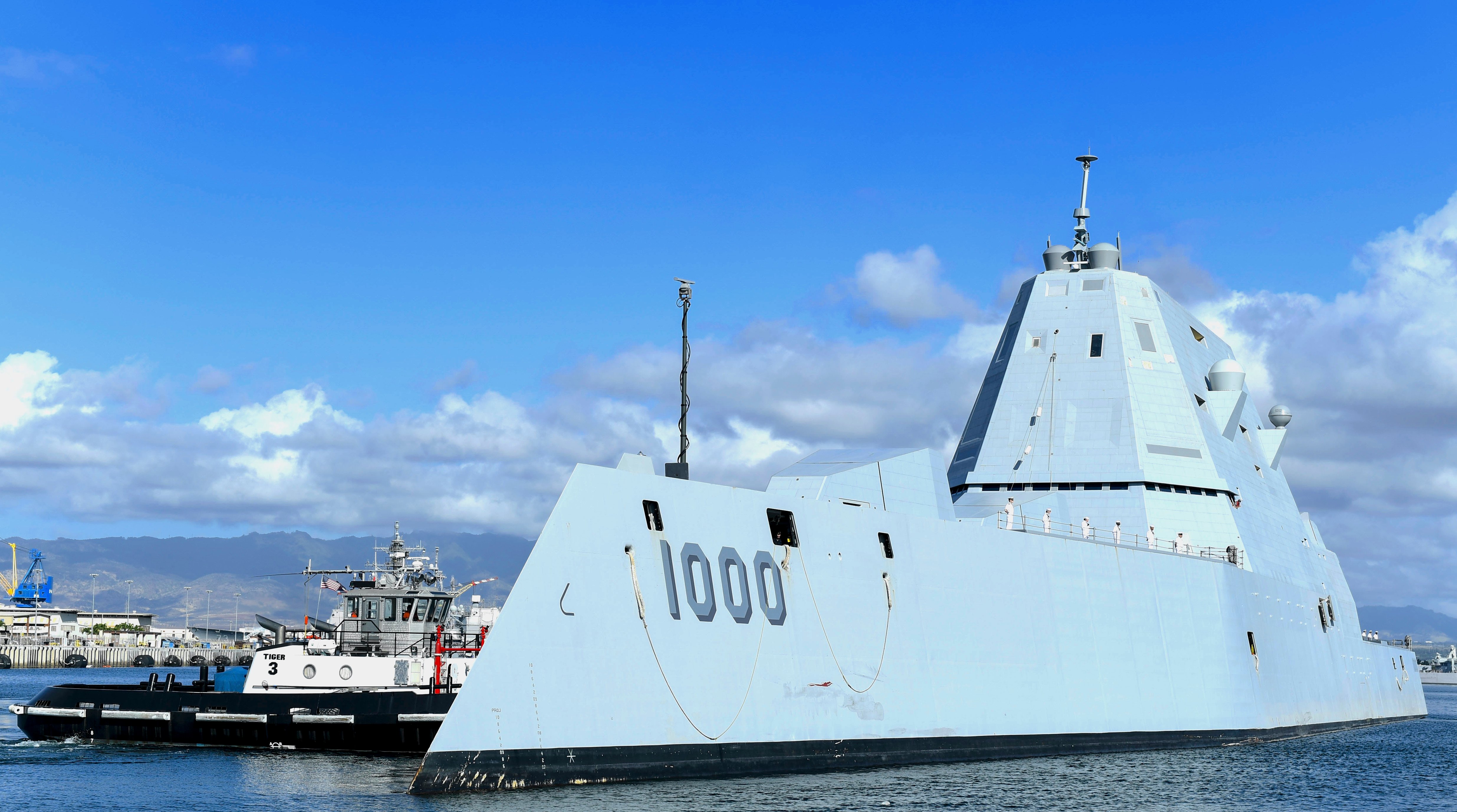
The House Armed Services Committee may force the Navy to begin integrating hypersonic weapons onto the Zumwalt class of destroyers, something the sea service has talked about but not prioritized in its budget.
The Navy was put in charge of developing a common hypersonic glide body that will ultimately serve as a conventional prompt global strike weapon for the joint force, providing an alternative to nuclear weapons for strategic retaliatory strikes.
The Navy said early in development that it wanted to develop the weapon to the most stringent possible requirement – a weapon that could survive an underwater launch from a submarine – thereby making it easier to integrate the weapon into multiple kinds of launchers.
Earlier this year the service said it would devote money to integrating the weapon onto its Virginia Payload Module, a set of missile tubes added onto the Block V and beyond Virginia-class attack submarines. The Navy requested just over $1 billion in the Fiscal Year 2021 budget request for this effort, which would cover “continued development of the weapon system and flight subsystem, platform integration, and advanced research and development to support future spiral capabilities such as enhanced warhead, advanced communication, alternative navigation, and terminal sensor technology.” The weapon would reach initial operational capability in FY 2028, when it would be ready for use on the Virginia submarines., according to Navy budget documents.
In a section of its FY 2021 National Defense Authorization Act, the HASC strategic forces subcommittee directs the Navy to focus on surface ship integration, too.
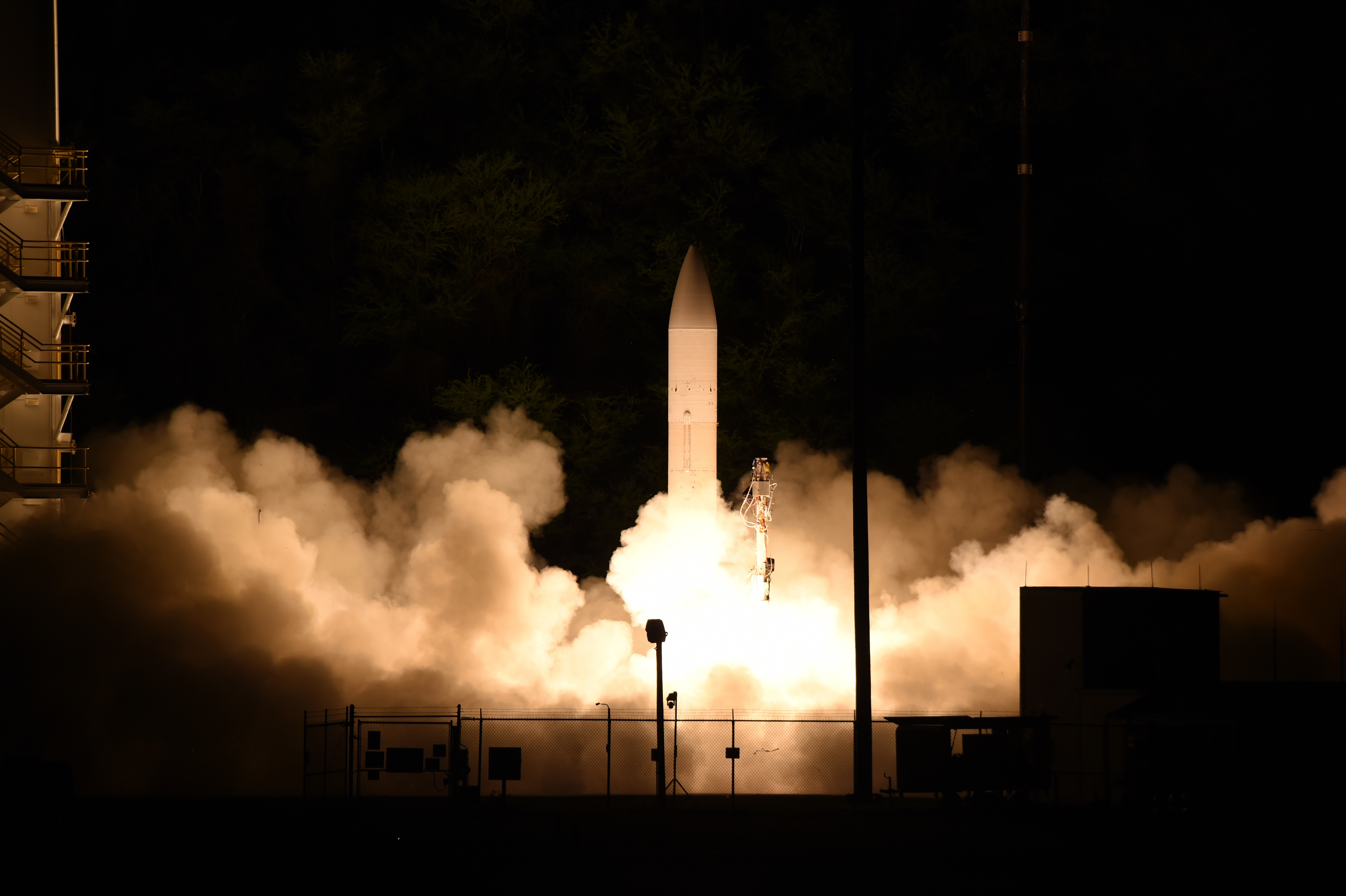
“The bill mandates that the department start integration of hypersonics on surface ships, on DDG-1000s, given that the department has been primarily focused on sub-based platforms,” a committee aide told reporters.
“And it asks for a report on certain questions and concerns that are ongoing, including operational control authority, whether we need to update our war plans, who would be responsible for targeting requirements, what the risks of miscalculation would be and what the risk mitigations might be, and finally on basing strategies for a land-based variant. And then it also requires a [Cost Assessment and Program Evaluation] report on costs and testing.”
Specifically, the bill calls for the Navy to start integration efforts on the Zumwalt class no later than Jan. 1, 2021.
Commander of Naval Surface Forces Vice Adm. Rich Brown has expressed interest in putting hypersonic weapons on the Zumwalt class, saying that the ship’s larger size, power generation and missile launcher compared to the Arleigh Burke-class DDG made it a great host for the conventional prompt strike weapon.
“I have got to tell you, I am thoroughly impressed with the capabilities that that destroyer will bring into our fleet. As a matter of fact, I would love to have six more of them, because the capabilities are that good. If you look at conventional prompt strike, I can think of no other better platform than to put conventional prompt strike on that platform. And then once that happens, or if that happens, make no mistake, it will put the fear of god into our adversaries once we marry those two platforms together,” he said during a media call.
The report to Congress that the NDAA language mandates would begin to address some thorny issues related to use of force, risk of escalation, command and control and more.
The submarine community has worked out some of these issues, having a Navy platform using a national strategic weapon – nuclear missiles – in its Ohio-class ballistic missile submarine (SSBN) program. Though it would be the Virginia-class SSNs firing off strategic hypersonic CPGS weapons – and those crews would have to manage having both strategic weapons for national tasking as well as their own weapons for self-defense and strike missions within their Navy fleet chain of command – it’s likely that some of the submarine community’s understanding of command and control, underwater communications, and training for national tasking could be put in place on the attack subs.
However, no surface ships today are equipped with these kinds of strategic weapons and have to deal with these kinds of issues.
The measure still has to survive a full committee vote next month, a full House of Representatives vote and then agreement by the Senate before being signed into law.
Unmanned Surface Vessels and Shipbuilding Plans
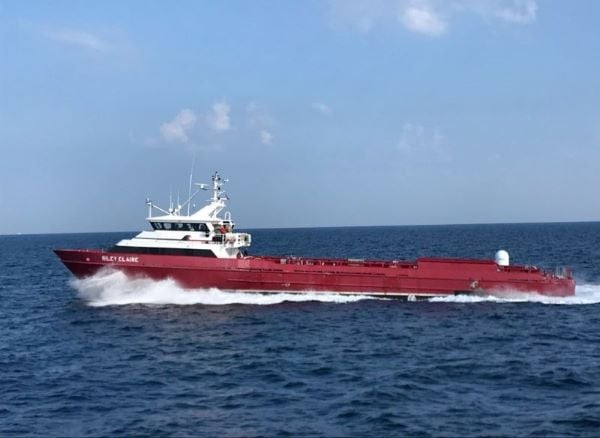
The HASC seapower and projection forces took on another hot topic in their legislation: unmanned systems.
The Navy will inherit two Large Unmanned Surface Vessels (LUSVs) from a Pentagon-level research program, and it has money in the current fiscal year to purchase two more as prototypes. The Navy had asked to buy two more LUSV prototypes in FY 2021 so it could have many vehicles in the water to fast-track learning, concepts development, fleet familiarization and more ahead of the start of a program of record and fleet operations.
HASC’s seapower subcommittee though is recommending that the full committee nix the funding for the two LUSVs in FY 2021.
“We have some language that fences money on that program until they can show us some design maturity and that they really understand the autonomy that they’re trying to get after. We don’t believe that going right into serial production on something that they don’t understand completely is the right way to do it, especially using (research and development) funds – this is all very similar to how [Littoral Combat Ship] started, I think all of you are probably aware that that was not a good news story for many of the first years,” a committee aide said.
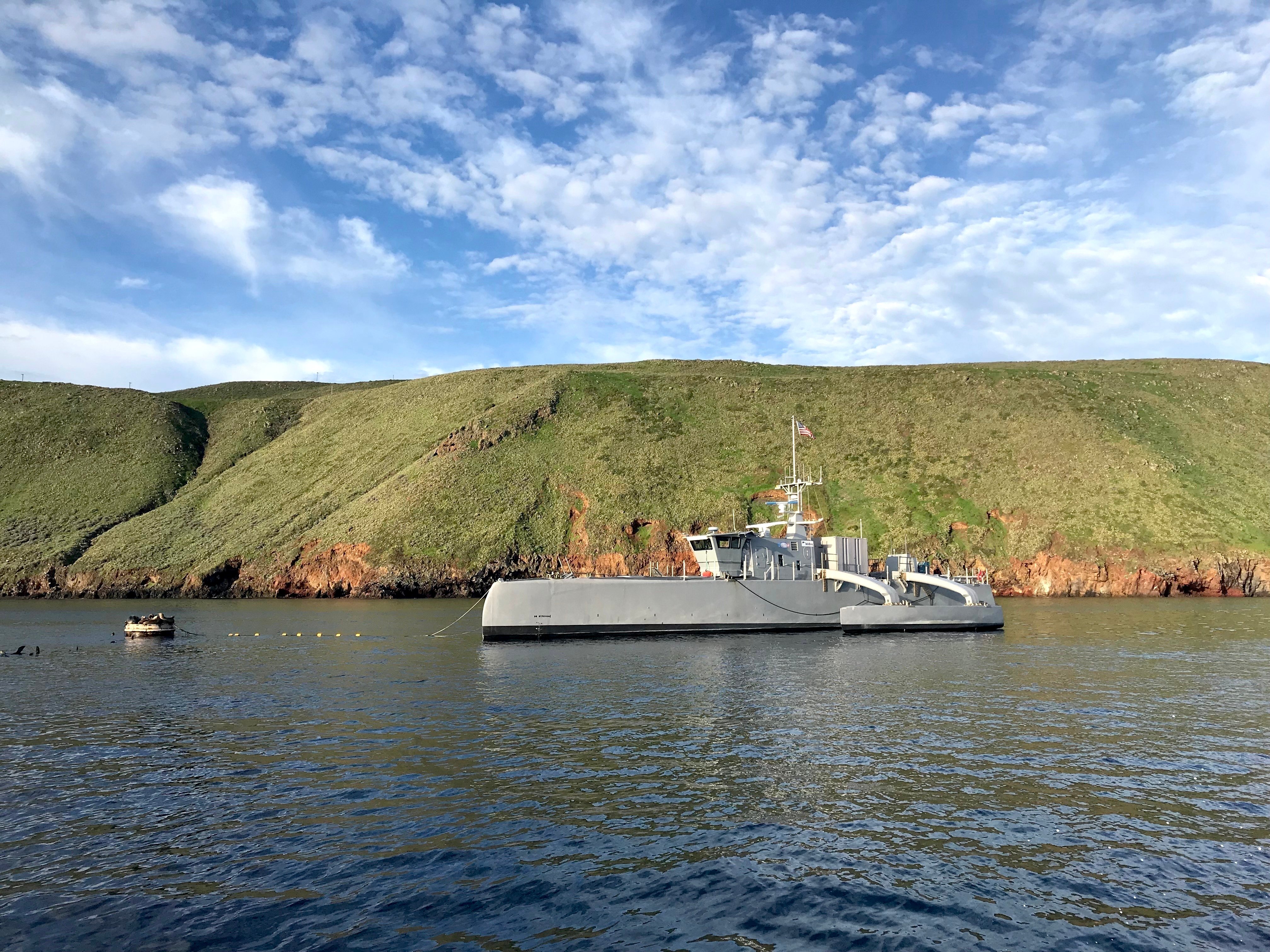
The aide told USNI News that “if you look at their acquisition strategy, there’s really no gap in between what they’re calling these prototype ships and when they go into actual serial production. So essentially they’ve been trying to go into serial production from the very beginning. We don’t believe that that’s a sound strategy. Certainly prototyping is a good idea, and when we asked what they could do with six that they can’t do with four, we didn’t get any detailed answers on that other than, well we can get a lot more steaming hours. Well, that doesn’t tell me that you really need that many.”
The Navy’s Surface Development Squadron One (SURFDEVRON) told USNI News recently that they hoped to conduct certain events in parallel – figuring out manning, maintenance, training, operations, command and control, concepts of operations and more – and needed a large stable of prototypes to do that, rather than having to tackle those learning items sequentially if they didn’t have enough prototypes in the water.
“What we really need to see is that they have a full understanding of what the requirements are to then go and confidently build a ship that they’re confident in the design and it’s going to meet what their requirements are,” the aide said.
“Right now I feel like they’re wanting to build ships to figure out what the requirements are, which is the opposite of the way they should do.”
HASC also expressed concerns about unmanned ships carrying weapons, with the aide saying they worry about “highly technical weapons that you don’t want just exposed out there, unsecured, floating around on an unmanned ship.”
The HASC aide said the subcommittee recommends to the full committee funding to take an Expeditionary Fast Transport ship (EPF) and convert it to unmanned, since the Navy has said its solution to worries about the LUSV being armed is that it could start out being lightly manned until the Navy and lawmakers were comfortable enough with their ability to operate an unmanned adjunct magazine ship.
“That actually makes a lot more sense to us because right now you’re hearing them saying, well initially maybe they need to be lightly manned so we can have the people on there to really figure out how this is going to work. Well rather than go build a ship that is capable of housing lightly manned, why don’t you go and convert an existing ship that’s got all the plumbing and water necessary to have people on there, turn that into an unmanned ship and then learn from that, and then you can really warrant going and building a purpose-built unmanned ship” that could keep costs down by not including the habitability features needed for the crew.
The Navy has also discussed using lightly manned vessels for other purposes but has not elaborated on its plans, some of which are contained in two documents being held up by the secretary of defense.
The Navy has completed a long-range shipbuilding plan to accompany its FY 2021 budget request, as required by law, but Defense Secretary Mark Esper has not released that to lawmakers, pending further review by his office and newly sworn-in Navy Secretary Kenneth Braithwaite. Esper has also held up the release of an Integrated Naval Force Structure Assessment that outlines future plans by the Navy and Marine Corps to build existing and new platforms that can support their future forces in a future – likely distributed and fast-moving – fight.
The subcommittee requires the 30-year ship plan and typically threatens to fence off 25 percent of the Navy secretary’s travel funds if the plan isn’t submitted. In the FY 2021 NDAA language, though, the seapower subcommittee threatens to fence the defense secretary’s travel funds if the 30-year ship plan isn’t released, since Esper is the one blocking its release, the aide said.
The subcommittee would also ban the decommissioning of any Navy vessel until the Integrated Naval FSA is released, the aide said.
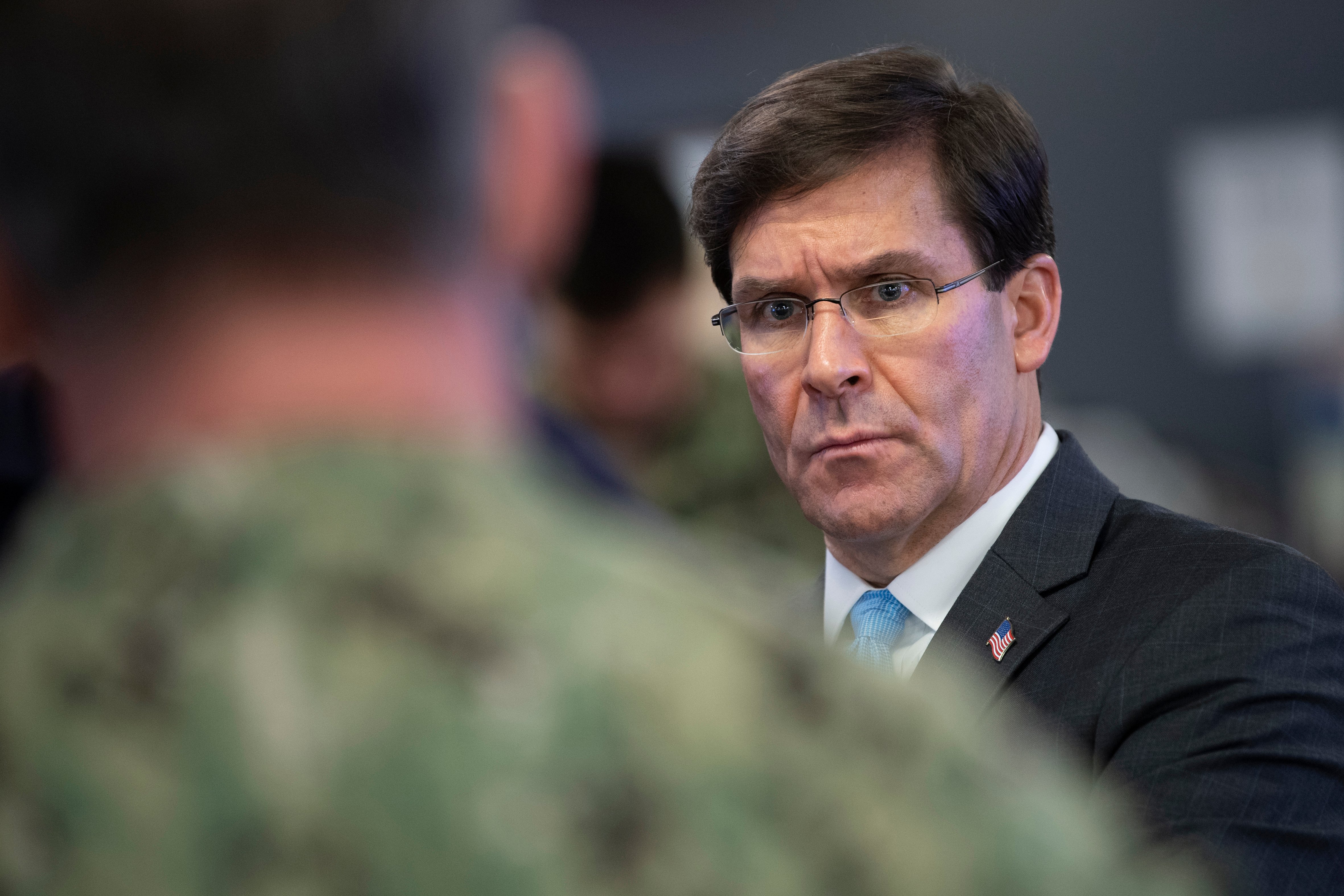
Though more information will become available next week when the bill’s funding tables are released, the staffer said the subcommittee recommends buying one Columbia-class ballistic missile submarine, two Virginia-class attack submarines, two Arleigh Burke-class destroyers, one frigate and two towing and salvage ships. This is one more Virginia SSN than the Navy asked for, and more than Senate Armed Services Committee provided for in their bill.
The HASC aide said that SASC claimed to pave the way for a 10th Virginia sub in the block buy by including advance procurement (AP) funding for an additional boat in their bill. But the HASC aide explained that “that’s not what they’ve done. They added AP (for) a second submarine in FY 21 that has already had all its advance procurement funded previously, so there’s no additional AP required. The only thing that that money would do if it was appropriated would be for a third reactor sometime in the future, which doesn’t seem to make sense; if you don’t feel like you can fund one in this year where we’ve already invested a billion dollars for FY 21’s second boat, it doesn’t lead you to believe you would ever have some other time to add a third boat sometime in the future on top of the two per year.”
Future of the Fighter Fleet
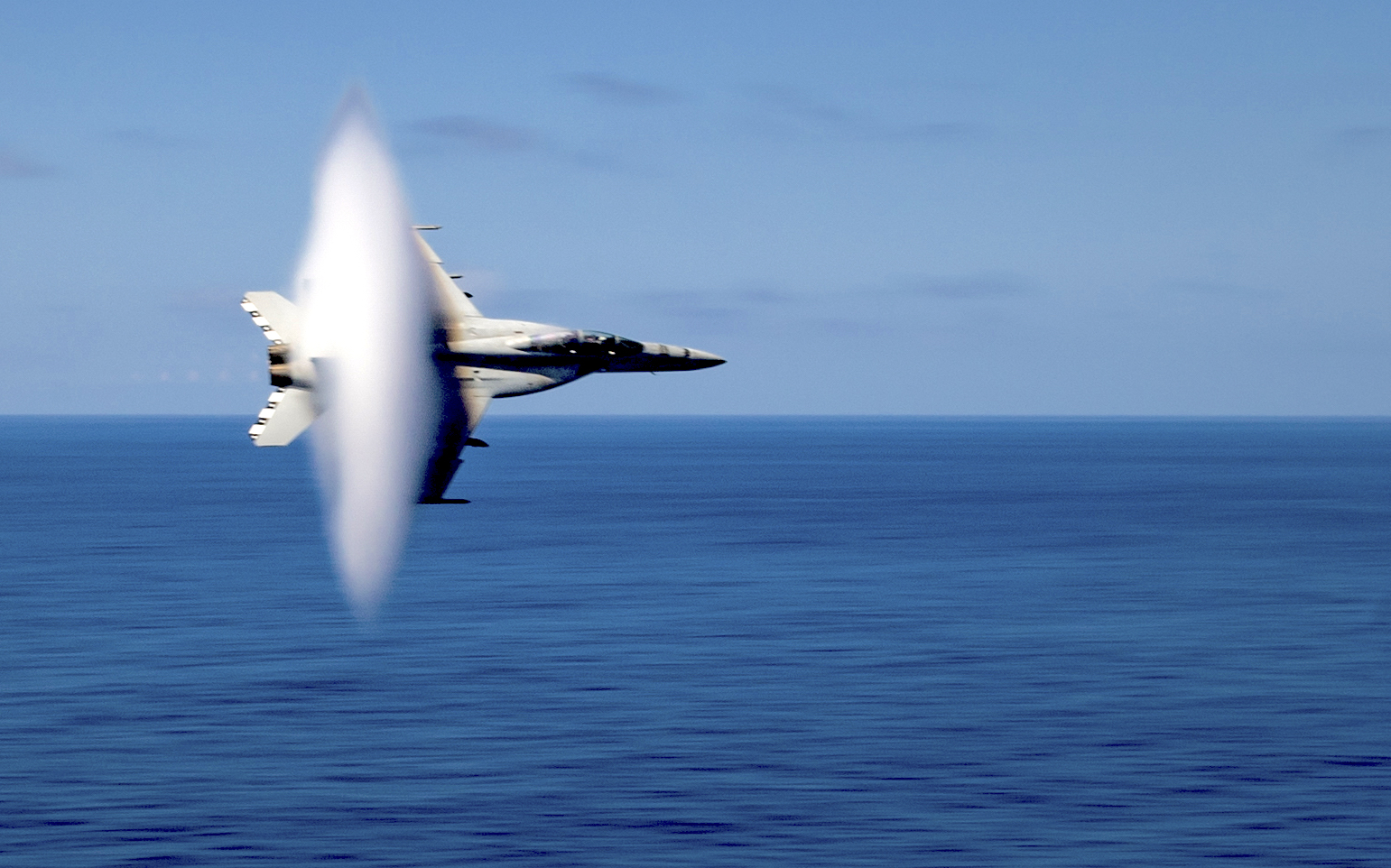
In the HASC tactical air and land forces subcommittee, lawmakers would fence off a portion of Navy and Air Force funds for Next Generation Air Dominance research and development until the services clue lawmakers in on what they want to see from their next-generation fighters.
The Navy has said it wants to stop F/A-18E-F Super Hornet production at the end of its current multiyear contract with Boeing, which ends in FY 2021. After that, the Navy wants to divert its attention and resources to developing the next fighter that will eventually replace the Super Hornets. The Navy has taken several stabs at this over the years and still isn’t clear on what this manned, unmanned, optionally manned or manned/unmanned teaming program might look like.
“When they field their capabilities, we just want to make sure that they’ve thought them through, that the department has determined that they are affordable, and that anything else that’s already in the budget into the future that’s high priority as well is not going to get pushed out unintentionally if they have unexpected cost growth or run into problematic issues when they field the capabilities,” a committee aide said when asked by USNI News what concerns the subcommittee had about the Navy’s NGAD plans.
On the topic of the F-18 production line, a committee aide said that “the production line issue is really a Fiscal Year ‘22 issue in terms of whether or not the Navy begins to turn it off,” and that this year’s FY 2021 bill doesn’t address the topic yet – though a second aide suggested that the full-committee bill, set for release next week, could lay the groundwork for keeping the line open.
“Knowing that most of the committees are probably going to give the Navy an indication of where they would like to go for the production line, that’s something we can look at and address next year if necessary if the Navy doesn’t line up with congressional desire,” the first aide said.
In the readiness subcommittee, lawmakers have taken an interest in the Shipyard Infrastructure Optimization Plan (SIOP), a 20-year plan to make the Navy’s four public shipyards more modern and efficient in their work supporting the carrier and submarine fleets. The subcommittee asks the Navy for briefings every six months on planning and executing the many projects that fall under the SIOP, and the full committee may look at creating a separate funding line for SIOP instead of lumping it in with military construction to give it more visibility, an aide said.





